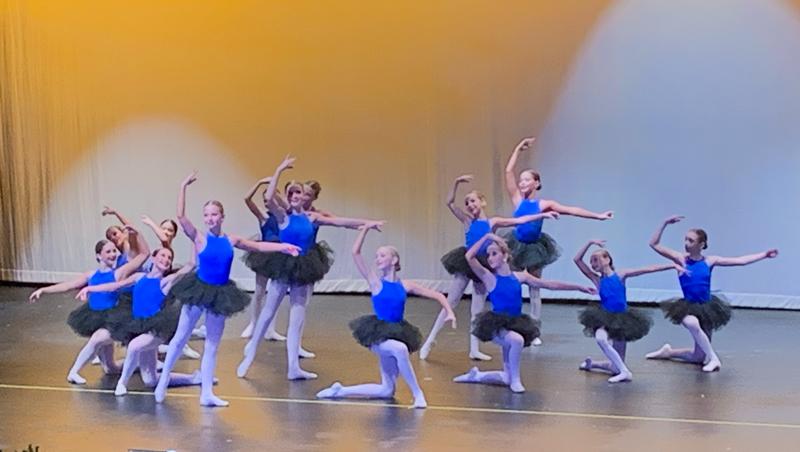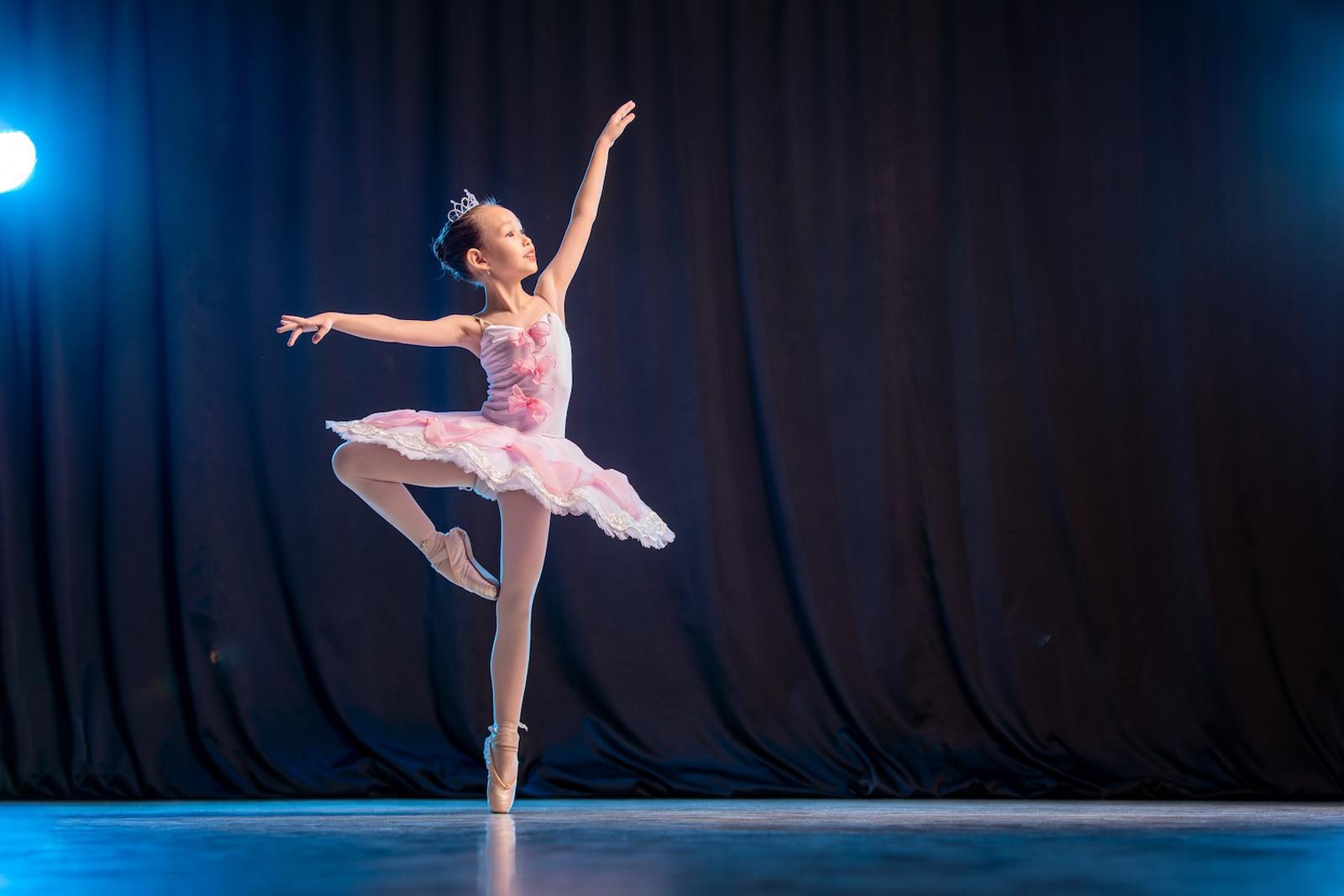Ballet is a beautiful and graceful form of dance that has been practiced for centuries. Originating in the Italian Renaissance courts of the 15th and 16th centuries, ballet is a unique form of dance that is characterized by graceful, flowing movements, a complex system of steps, and intricate footwork. It is a timeless art form that is highly respected and admired for its beauty, elegance, and complexity. For ballet beginners, it’s best to start with the basics.
Learning the Ballet Basics
When learning ballet, there are three primary techniques that beginner dancers will learn. These are the plié, relevé, and pas de chat.
Plié
The plié is a fundamental movement in ballet dancing, used in many ballet steps. It is a deep bend of the knees that can be done while standing or while in a relevé position. The plié symbolizes the dancer’s ability to move from a standing position to a lowered position and back again. It is an important part of a ballet dancer’s technique and is used in the preparation for jumps, turns, and other movements.
The plié is often done in combination with other steps and movements. It is a smooth, controlled movement that requires strength, flexibility, and control. The lower the plié, the greater the challenge and requires more strength and control from the dancer. A correctly executed plié can give a dancer the momentum needed to propel them into a jump or turn. It is also an important part of the transition between movements, allowing the dancer to move between steps with grace and confidence.
Relevé
Relevé is a fundamental ballet move that helps dancers practice balance, control, and posture. It is most commonly used to transition from a demi–plié to a standing position. The dancer begins in a demi–plié position and then rises up onto the balls of their feet, pushing off the ground with the help of their calves. They hold the position for a moment before transitioning to the next move. Relevé is an important move to learn in ballet because it helps dancers build strength and control in their feet and legs. It also helps them practice proper posture and balance.
The relevé maneuver is essential for mastering more advanced ballet steps. It can be used to transition between steps and can also be used to add a bit of dynamic movement to a routine. Many variations of the move exist, and can be used to add more complexity and challenge to a routine. It is important to practice the relevé maneuver in order to become a proficient ballet dancer. This move helps dancers develop and maintain proper posture, balance, and strength.
Pas de chat
The pas de chat, or “cat step,” is a ballet maneuver that involves a leap and a 180–degree turn in midair. It is a movement that was first seen in the 1700s, and is considered a staple of classical ballet. This maneuver requires a great deal of strength and agility, as the dancer must use the momentum of their jump to propel themselves around in midair and land on the opposite side.
The pas de chat is often used during a solo performance, as it is a way to show off the dancer’s skill and grace. It can be used to travel across the stage, as well as to transition between steps. In some cases, the pas de chat can be used to create a dramatic moment in the performance, as the dancer’s grace and agility are highlighted. The pas de chat is an impressive maneuver that can be seen in many classical ballets, and is a testament to the skill and training of professional ballet dancers.

Dancers from The Dance Academy in Lehi, UT performing a group ballet number
The Perfect Pointe Shoes for Ballet
Ballet shoes are an essential piece of gear for any aspiring ballerina. They come in a range of styles and materials, with some being specifically designed for certain types of dancing. Most are constructed with a soft leather upper, sometimes with a suede sole, and typically feature a split sole design that allows for maximum flexibility of the foot. Ballet shoes are designed to provide dancers with the support and protection they need to perform their best. The split sole design allows for a greater range of motion and helps to reduce the risk of injury while dancing.
The structure of a ballet shoe is designed to be lightweight and comfortable, allowing the dancer‘s feet to move freely and easily. The soles are usually made of leather or rubber, with some shoes featuring a combination of both. This combination is known as a ‘split sole’, as it allows for a greater range of motion as well as providing extra protection. The upper part of the shoe is usually made of canvas or leather, providing a secure and comfortable fit. Ballet shoes also come in a range of colors and styles, allowing dancers to match their outfit to their shoes.
Conclusion
Ballet is an amazing and timeless form of dance that is truly unique. It requires dedication, hard work, and practice in order to master the techniques and movements. For those looking to begin their ballet journey, The Dance Academy in Lehi, Utah is the perfect place to start. With experienced instructors and beautiful studios, they provide a safe and nurturing environment to help everyone reach their dancing goals. So, if you’ve ever wanted to learn ballet, now is the perfect time to take the leap and sign up for your first dance class.
